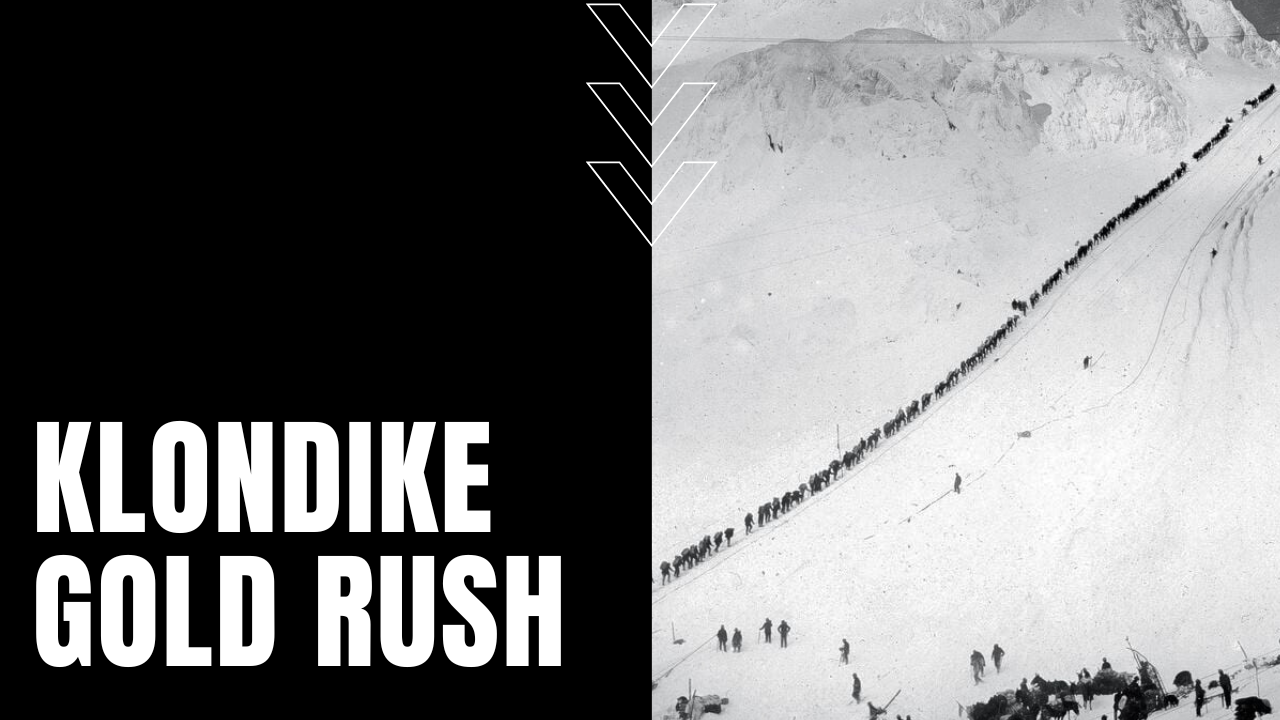The Klondike Gold Rush

After gold was discovered on a tributary of the Yukon River during the summer of 1896, when news reached the states a year later, more than 100,000 stampeders, as they became known, descended on the frigid river that runs through northwestern Canada and parts of Alaska. In an attempt to thwart the ignorant about the challenges that lay ahead, Canadian authorities required each stampeder to carry a one year supply of necessities into the region, including 1000 pounds of food, before boarding ships in the port cities of the Pacific Northwest for a journey north to the Alaskan town of Skagway, before traversing the White Pass Trail or the Dyea (Die a) Trail, which took them to the Chilkoot Trail.
Perilous Journey
No matter which trail a stampeder chose, the journey was frigid and daunting at best, taking the lives of thousands of miners and more than 3,000 pack animals who perished on the White Pass Trail—soon earning the nickname, Dead Horse Trail. Even more horses would be abandoned when the stampeders reached the icy slops of the Chilkoot Trail known as the “golden staircase”—a treacherous passage that turned back the majority of money hungry men.
Deadly Boat Rides
Thousands more would perish during the five hundred mile boat ride along the Yukon River to Dawson City Canada—the heart of the gold rush—which soon boiled over into a sanitary nightmare rife with sickness, disease and death. Of the 30,000 stampeders who made it all the way to Dawson, most returned home empty-handed, save for a fortunate few, while still others—much like the California Gold Rush that came before it—took advantage of Dawson’s lack of infrastructure by opening saloons, supply stores, brothels, boarding houses and more.
Poor Man’s Pudding For Most
Of the few lucky miners who made it rich in the Klondike—all of them early stakeholders—their strikes infused some 75 tons of gold into the American economy, helping a nation recover from a depression that followed the Panic of 1893, while the Klondike Gold Rush introduced foreign diseases like smallpox into native populations, at the same time destroying the local environment with soil erosion, water contamination, deforestation and loss of native wildlife, making the Klondike Gold Rush, a time of greed inspired deprivation and death.
